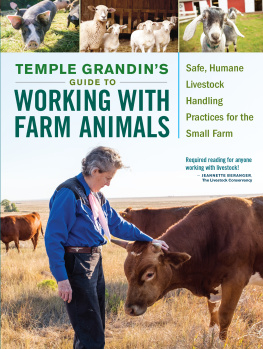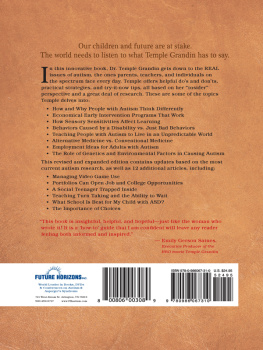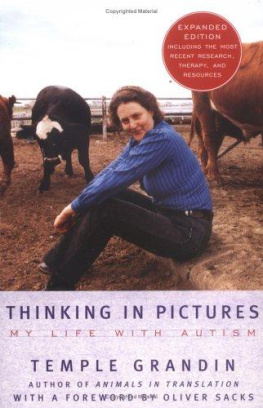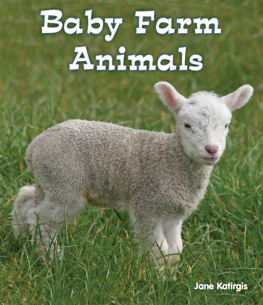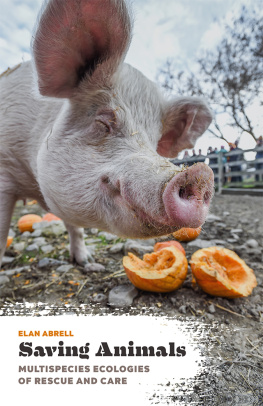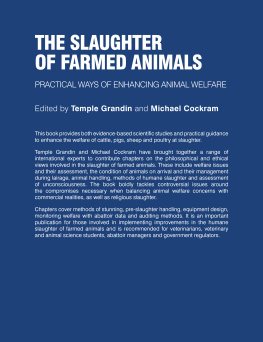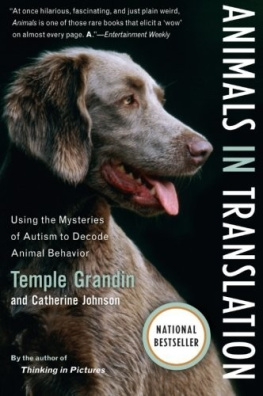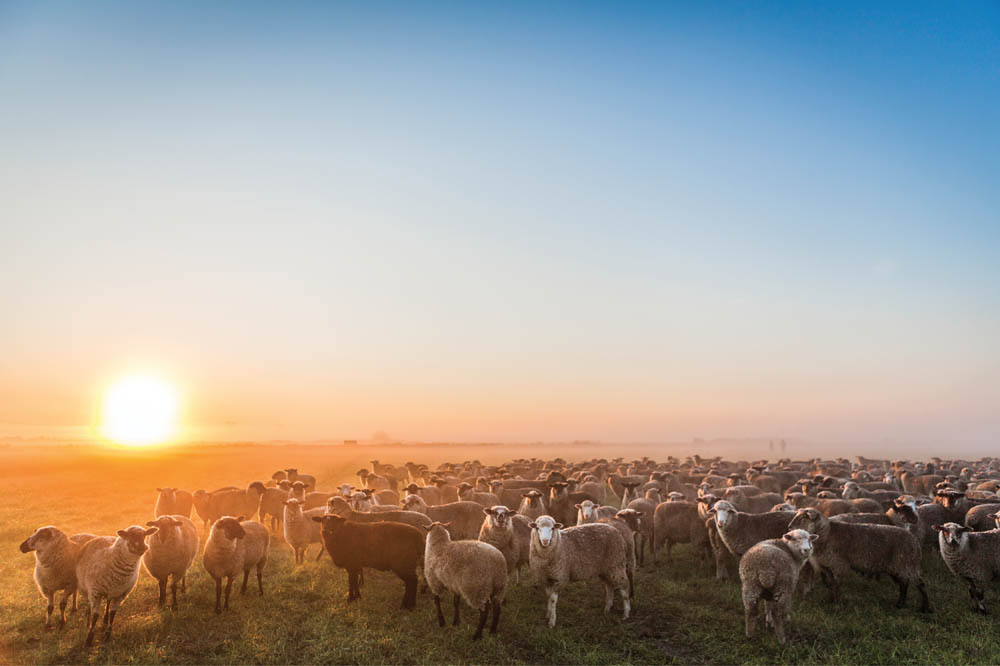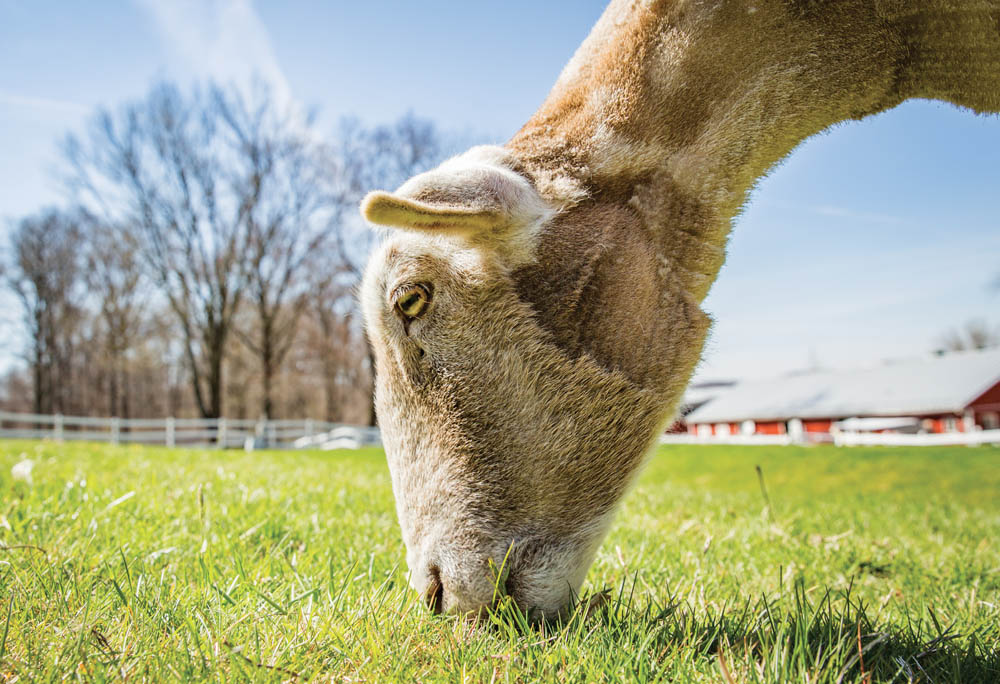Dedicated to all the people who helped me start my career:
My mother, Eustacia Cutler
William Carlock, my high school science teacher
Ann Brecheen on her Arizona ranch
Ted Gilbert, Red River Cattle Co.
Gary Oden, McElhaney Cattle Co.
and Jim Uhl, Agate Construction
Contents
Introduction
My previous book, Humane Livestock Handling, had many methods, recommendations, and handling-facility designs suitable for large livestock operations. This book is aimed at smaller producers and at people getting started with farm animals. Less-elaborate handling facilities are required for a small number of tame animals that have daily interaction with their caretakers. Here you will find handling system designs for smaller farms ranging from 3 to 35 cattle or 5 to 100 sheep and goats. (Since cattle, sheep, and goats are herd animals, it is advisable to have more than one of each.) All the behavior information has been updated with information from both practical experience and the latest research on animal behavior.
Grazing animals such as cattle, sheep, horses, goats, pigs, bison, and llamas play an important role in societies worldwide. Providing humane treatment throughout their lives is a responsibility that producers should willingly embrace. The results are both gratifying and profitable. Raising animals kindly and caring for them in a way that makes them content ensures good health and allows them to grow faster.
Calm animals are easier to handle than frightened, agitated animals. If cattle or other animals become agitated, a 20- to 30-minute rest is required to calm them down. Numerous research studies clearly show that animals that remain calm during handling have increased weight gain, better reproduction, and fewer bruises or injuries.
Stress is punishing on the body. Keep animals as calm as possible for veterinary procedures to help them quickly overcome the stress of restraint. Livestock producers have learned that when rough, stressful handling practices are eliminated, cattle resume eating a full day earlier.
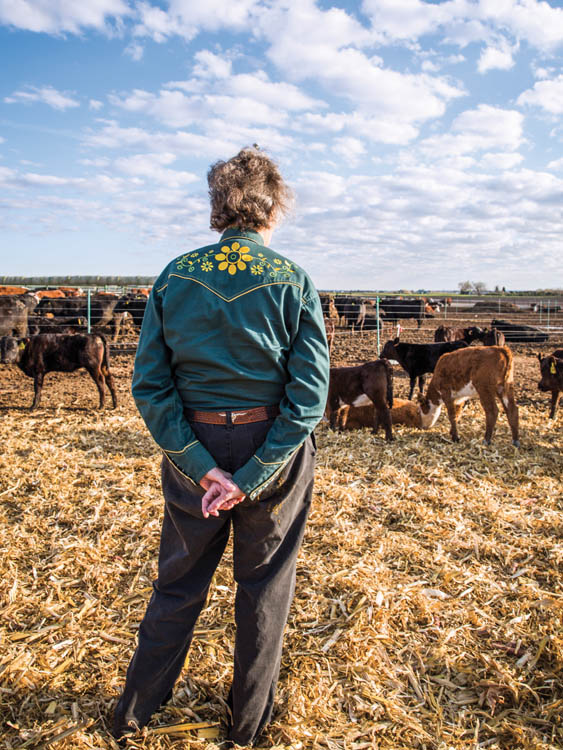
Make Time for Simple Observation
One of the most valuable things you can do as a stockperson is schedule time every day simply to observe your animals how they spend their time, how they move and forage and feed, how they interact with one another, how they respond to you. This is the best way to understand their nature, learn the dynamics of the herd, and know what is normal and what is not. And by being a good observer, you can further improve your animal-handling technique and truly learn the art of stockmanship.
Choosing Which Type of Livestock to Raise
Before starting out with livestock, you must decide which sector of the industry you will work in. This decision will determine your work commitment, the type of handling facilities you will need, and your marketing plan.
Who Are the Grazing Animals?
Grazing animals are all of the hoofed prey species that are able to subsist on grasses, scrub, browse, and other plants. Common grazing animals often raised by humans for meat, milk, fiber, recreation, or work are cattle, sheep, goats, pigs, deer, bison, elk, llamas, alpacas, horses, and donkeys.
Dairy, Meat, or Fiber?
Will it be dairy or meat/wool? Dairying requires a greater labor commitment than rearing animals for meat or wool, since goats and cows need a tight milking schedule with no flexibility. (The only exception to this is using automated robotic milking equipment very expensive for an individual but a viable option for an established dairy.) Typical milking facilities range from a simple stanchion, for a few goats or a single cow, to an elaborate milking parlor for a large flock or herd.
Raising animals for meat or wool allows for a more flexible work schedule, and certain breeds are more labor-intensive than others. Sheep breeds are available in two types, wool sheep and hair sheep. Hair sheep do not have to be sheared. Some people call them easy-care sheep. This reduces labor for somebody primarily interested in producing meat.
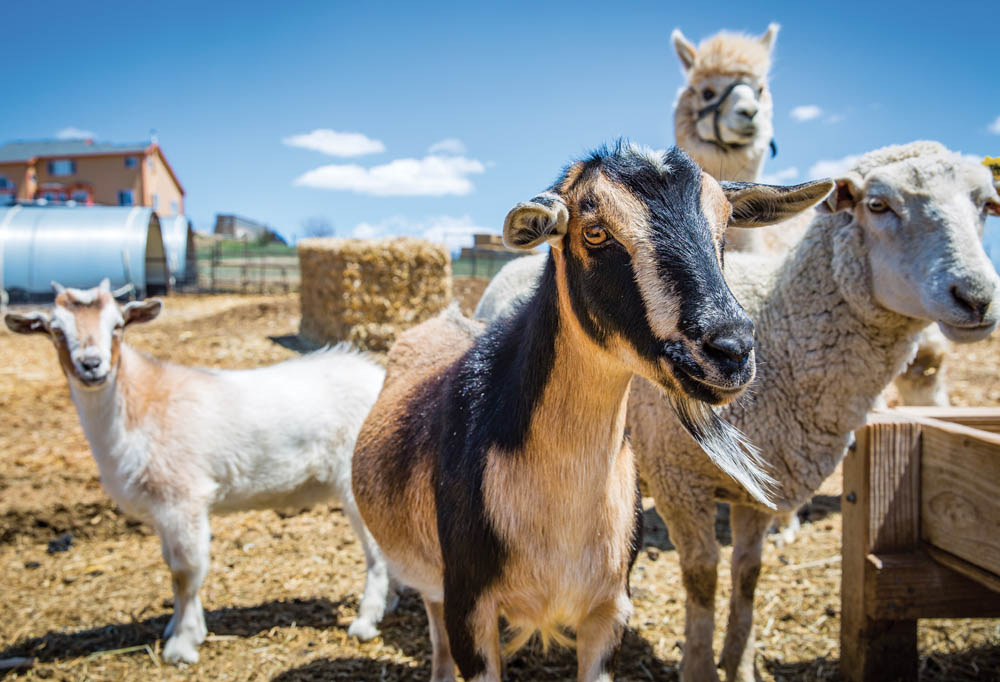
Above, a sheep, two goats, and a llama all look at the person entering their pen. Animals want to see you.
Other Ways Grazing Animals Can Earn Their Keep
Some innovative producers have developed a side business of grazing their flocks in areas that need weed control. These areas can vary from subdivisions to vineyards to vacant lots. The sheep are fenced in with electric netting, and cattle trained to electric fences can often be confined with a single electric wire. Sheep are excellent at digging deep and destroying invasive vegetation.
Another highly sustainable use of livestock is grazing stubble after a crop has been harvested. This can form a sustainable, mutually beneficial relationship between the livestock producers and the farmer. The animals fertilize the field and they get to eat economical forage. When done correctly, the soil is improved. Grazing animals can also be used as part of a sustainable program of crop rotation.
Markets
If you plan to raise livestock for meat, there are several different markets for your products. For very small producers, there are farmers markets, ethnic markets where goat and sheep meat is part of the culture, direct marketing to individual customers, and the local auction. Larger producers can market directly to restaurants and to upscale retailers who promote local products and you can raise livestock to fit the specifications of those retailers.
Another specialized market is fine wool for spinners. Clean fine wool can sell for high prices, and you can market it over the Internet. Raising fine wool will demand more work than with raising meat sheep, however, because greater care is required to keep the fleece clean. Many producers put jackets on their fine wool animals. To place jackets on sheep in a low-stress manner will require that you spend time with sheep to gentle them. Fine wool sheep will need to be housed where they can be kept out of mud.
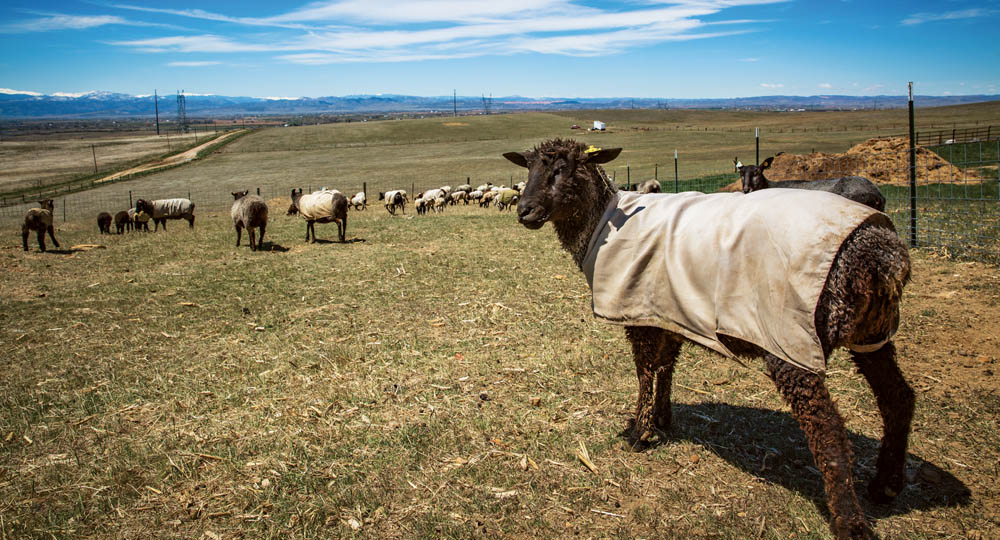
To produce marketable fine wool, you must put jackets on your sheep, which means the animals must not be afraid of you.

